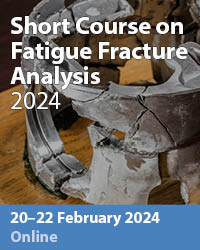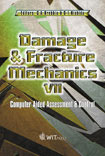Defining The Residual Stresses On The Gear Tooth
Price
Free (open access)
Transaction
Volume
37
Pages
Published
2002
Size
378 kb
Paper DOI
10.2495/DM020291
Copyright
WIT Press
Author(s)
B Aberšek & J Flašker
Abstract
This paper deals with the influence of the residual stresses on the total value of loading and describes the method for measuring and calculating residual stresses and the total value of the loading on the example of a gear. In the article about the determination of the residual stresses the method of drilling a hole is introduced. On the bases of this and other experimental methods we have developed simple methods where with the help of hardness measurements the distribution of the residual stresses is calculated. The methods are suitable for the determination of the residual stresses on the tooth gears and the gear wheels. They can be also used with minimum modifications for other examples where the expected course of the residual stresses is known. 1 Introduction The researches have shown that in the heat-treated materials the residual stresses occur and influence strongly the stress field, and this together with the normal load represents the total value of the loading. The residual stresses also influence profoundly the fracture mechanics parameters in the case of elements with the cracks. For the accurate determination of the stress field at the gears it is important to know the amount, the direction and the application point of the force Fb [1,2]. The amount of the force Fb resulting from the operating conditions, the type of gearing arrangement, the precision of manufacture etc. can be determined fairly accurately on the basis of coefficients determined experimentally. Also the direction and the point of application represent no problems. The problems occur when the thermal treatment is taken into account in the calculations. Most gears are made of the thermally treated steels. The thermal treatment - as shown in the Figure 1 - has a significant effect particularly on the tooth root [3]. The residual
Keywords





